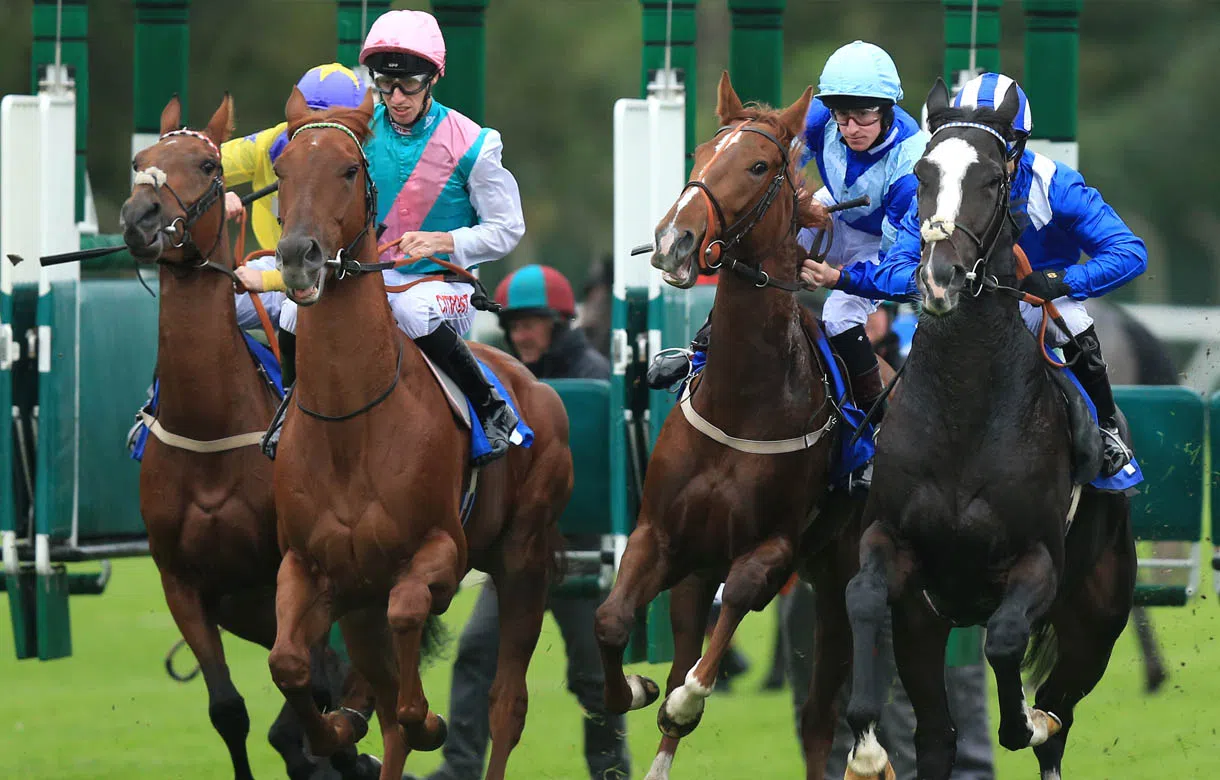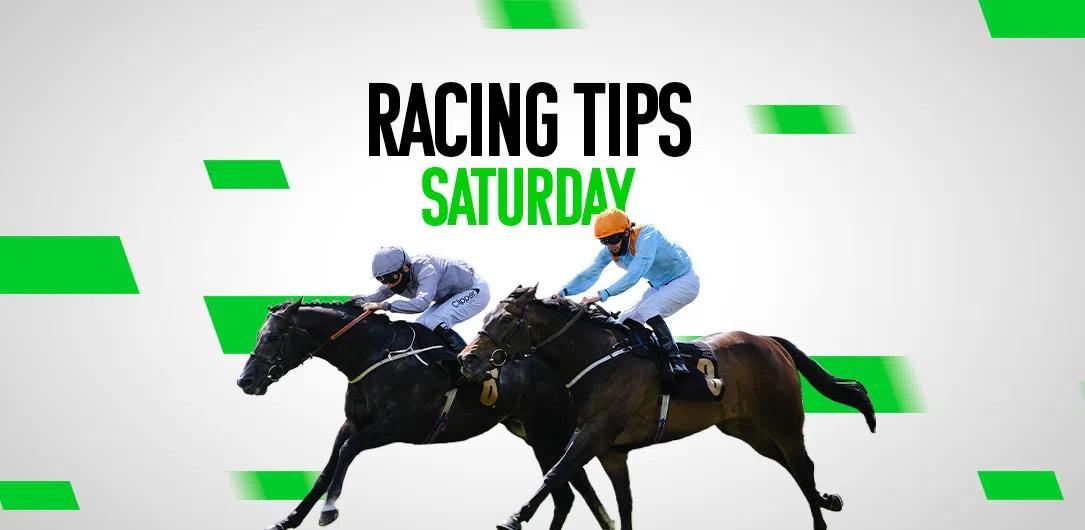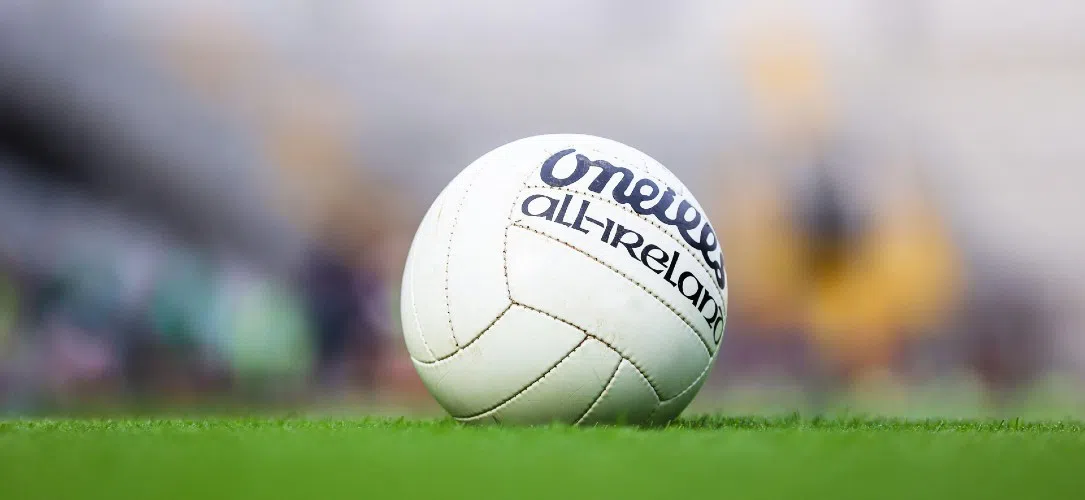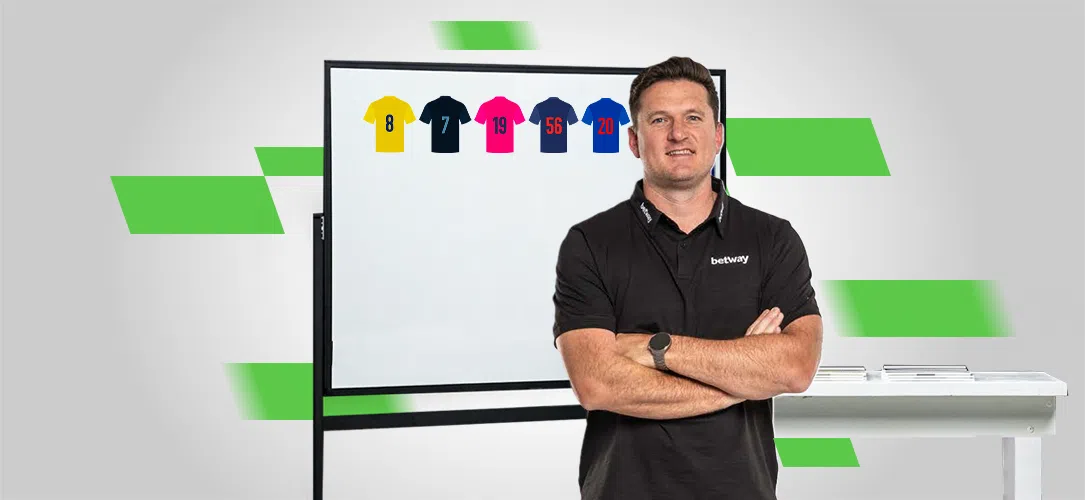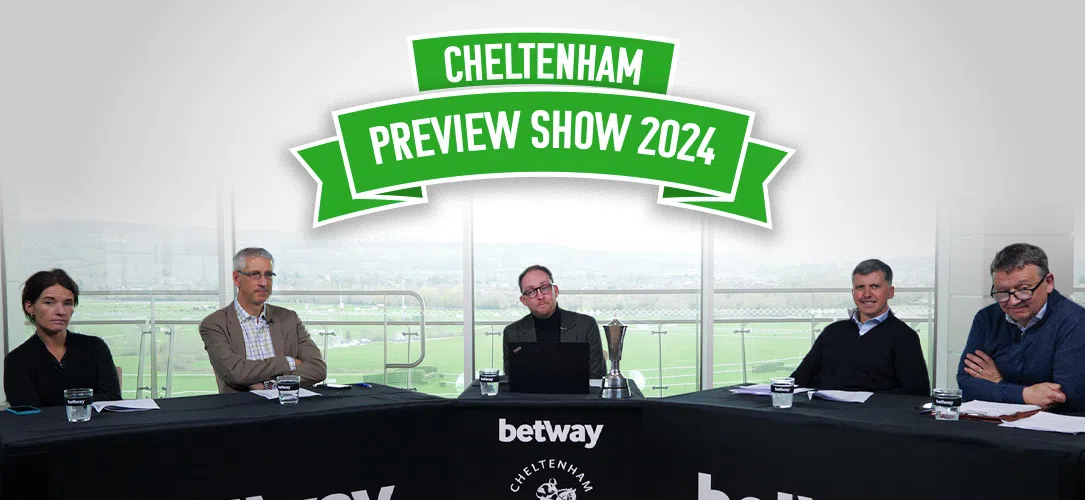By James Willoughby
Part 1 looked at whether it was essential to be drawn low in the Betway Chester Cup.
Part 2 examines the draw in further detail.
Correcting for market expectation
An alternative way to express the performance of each stall, rather than just counting up wins, is to consider the percentage of rivals beaten by each horse from that location. So, when Invermark finished third of 16 from stall 9 in 1999, we consider stall 9 to have beaten 13 out of a possible 15 rivals or 86.7% that year. Aggregating the results since 1997 once again yields the data in Figure 3.

Figure 3: Percentage of rivals beaten by stall number in Chester Cup with trend line
Now, I have added a trend line, a line of so-called ‘best fit’ you might remember from maths at school. The equation of this line gives us the best guess for the percentage of rivals beaten if we know the stall number.
Using the equation, stall 14 ought to have beaten 55 – 0.53 * 14 = 47.58%. The actual number of rivals beaten by stall 14 in reality was 47.74%. Of course, other values fitted from the equation to real life are either underestimates (like the prediction for stall 3) or overestimates (like the prediction for stall 8). Overall, however, the equation is the ‘best linear unbiased estimator’ of the data observed in the Cup since 1997. (It is ‘linear’ because the equation contains no complex terms and ‘unbiased’ because the sum of all overestimates and underestimates is zero.)
We are now nearing a position to establish the truth or otherwise of our initial hypothesis “the betting market tends to put too much emphasis on the draw in the Chester Cup”. If punters make an appropriate allowance for the effect of the draw in the Cup, we should see that there is no significant difference in the between the performance of low numbers, middle numbers and high numbers once we allow for the odds.
In other words, if we could plot the same graph as Figure 3 revised for the expectation of the odds, the trend line will flatten if the effect of the draw is appropriately discounted from the odds.
The trick here is to make a tweak to the concept of percentage of rivals beaten. If a horse beats half the field, for instance, it counted as 50% for Figure 3 no matter what the odds of those horses were. Now, however, we can express the same measure in terms of the percentage of the market beaten; did the 50% of the field make us 50% of the odds?
As horse racing markets are at least somewhat efficient – there is a revision of probabilities as new evidence is assimilated – we will narrow our sample-size down here to the seven renewals since 2008. In order to use the Starting Price of a horse as an estimate of the implied percentage chance of it winning, we need to counter the effects of the so-called Favourite-Longshot bias which is delineated by the results of a random sample of British handicaps with 10 or more runners in Table 4.
SP | xSR | SR | RF |
2-1 | 33% | 29.5% | 11% |
3-1 | 25% | 21.7% | 13% |
4-1 | 20% | 17.2% | 14% |
5-1 | 17% | 14.3% | 16% |
8-1 | 11% | 9.0% | 18% |
10-1 | 9% | 7.3% | 19% |
12-1 | 8% | 6.3% | 21% |
14-1 | 7% | 5.4% | 23% |
20-1 | 5% | 3.7% | 26% |
33-1 | 3% | 2.2% | 27% |
50-1 | 2% | 1.1% | 45% |
The intuition behind Table 4 is that the longer the price of a horse, the less often it wins compared with expectation.
For instance, in the random sample presented, only 17.2% of 4-1 chances won, compared with the 20% implied by the price. This is a Reduction Factor of 14% (17.2 / 20 * 100). This is no secret; the effect is the same in nearly all fixed-odds markets across the world. Longer-priced horses have more variance in performance; one of the reasons that the Racing Post’s Pricewise service is so successful is that a subset of 20-1 shots are very good value and a subset are very poor value, but you need to be Tom Segal to know which subset a given horse belongs to!
So, for the purposes of the study of the Chester Cup draw, we need to convert a horse’s Starting Price into the equivalent ‘Realised Percentage Chance of Success’. (This, in effect, is a Starting Price proxy for Exchange odds.)
Now, we can go ahead and revise Figure 3 from ‘Percentage of Rivals Beaten’ to ‘Percentage of Market Beaten’ which is expressed in Figure 5, together with the new line of best fit.

Figure 5: Percentage of market beaten by stall number in Chester Cup since 2008
Yikes! I did not expect that because it is counter-intuitive. The market-discounted draw advantage actually increases. The line has got steeper; the coefficient of the stall number has increased from half-a-percent per stall to a nearly a full percent per stall. At least since 2008, bettors have underestimated the influence of the draw and factored too heavily other fundamentals (form, jockey, trainer, going preference) when assessing a horse’s chance.
Remember the importance of statistical significance? The chance that our model of percentage of market beaten by stalls position is just an artefact of randomness is 4.4%; it can be said to be ‘significant at the 5% level’ or good enough to accept as a meaningful relationship.
In fact, there is some motivation for believing that the ideal stall is around 3 to 6, rather than right on the inside, where the chance of interference is higher. A more complex model of the ideal stall position might stem from fitting a curve, rather than a line, to the stalls data, as in Figure 6.
This, however, is an example of a bear trap in statistics called ‘over fitting’ which is probably responsible for more faulty conclusions in data analysis than any other error. The model makes more intuitive appeal based on past results, because it fits the data better, but it is more likely to break down when used for prediction. Here, the underperformance of the inside two stalls is not supported by enough evidence to be sure it is a real effect; the simpler theory that a low draw is better than a high one is more reliable (and perfectly actionable anyway, given how strong the relationship seems to be).

Figure 6: Over fit best-fit curve estimating draw advantage in Chester Cup since 2008
So, returning to the initial hypothesis, the chance that “the betting market tends to put too much emphasis on the draw in the Chester Cup” is very slim. In fact, we have discovered that the opposite is far more likely to be true. From the model in Figure 5, a horse with average odds in stall 17 can be expected to beat 49% – 17 * 1% = only 32% of its rivals in the Cup. So, to accept value odds about such a proposition, you have to believe that the horse in stall 17 has a stronger chance of winning than the market thinks based on its other fundamentals, or there are particular circumstances which might mitigate the effect of the draw in the 2015 Chester Cup – such as an overly strong or slow pace, a track bias of some kind or a superlative ‘draw-defying’ jockey. (These variables are ‘exogenous’ to the model; they exist but are too difficult to capture statistically.) In all markets, the preferences of investors can change over time, but it seems unlikely that a sea change is in the offing in the 2015 Chester Cup. In certain races on the Flat, it is hard for punters to give up their usually rational behaviour of placing the heaviest weighting on a horse’s ability in their pre-race estimations. It is hard to start with the draw and back horses you would not otherwise like, but this is what the evidence suggests is a valid approach. The famous statistician George Box said “all models are wrong [to some extent] but some are useful” to remind us that no absolutes exist in forecasting and prediction. Horses can win from high-numbered stalls, as the classy stayer Rainbow High did from stall 13 in 1999, for example, but the evidence suggests that, collectively, we still don’t quite realise how difficult it is to achieve.

